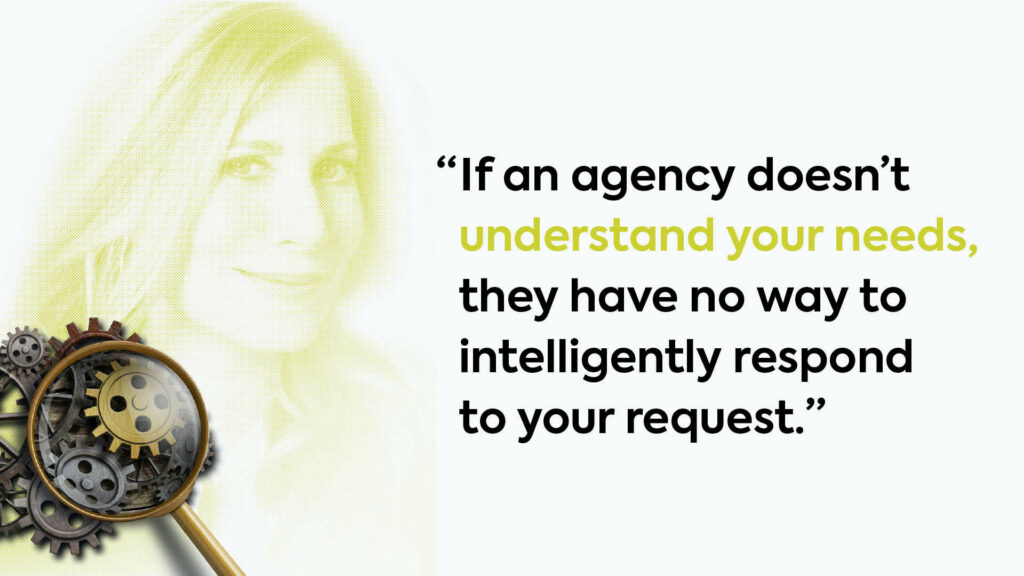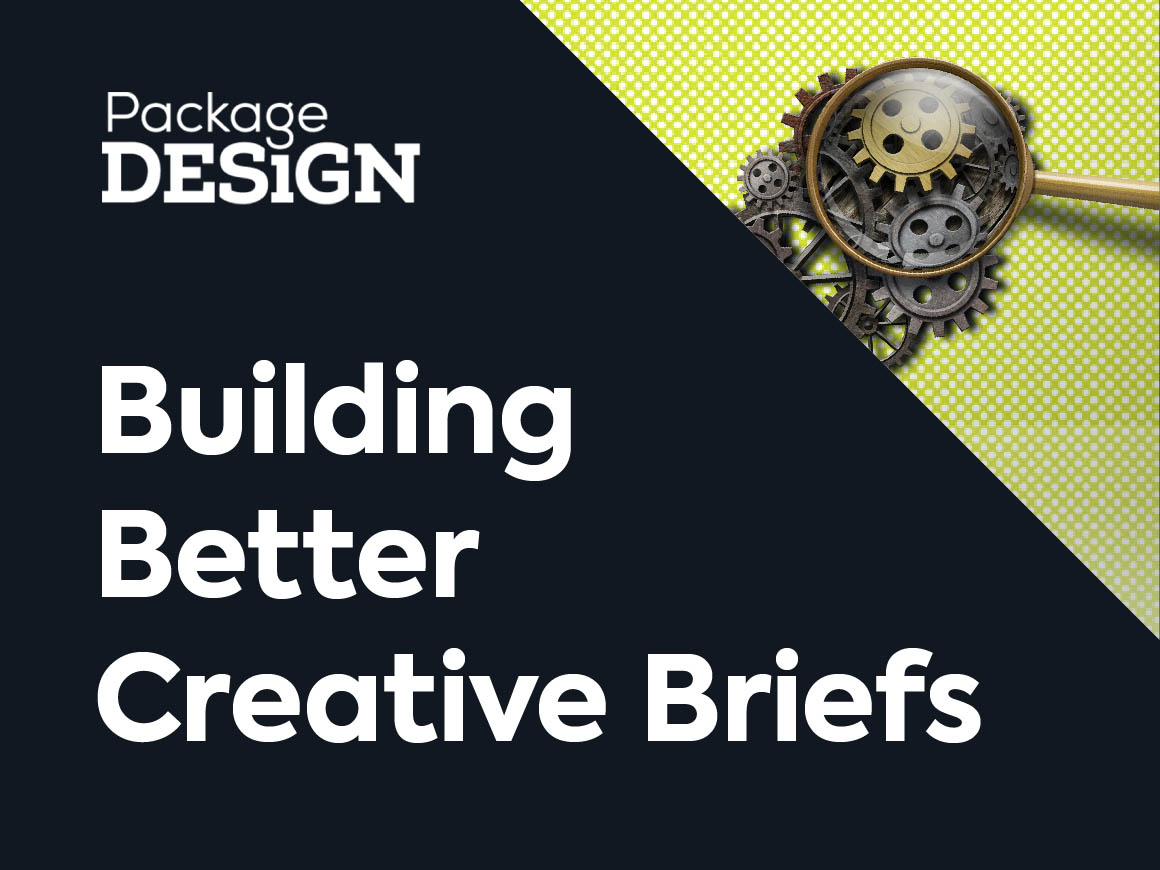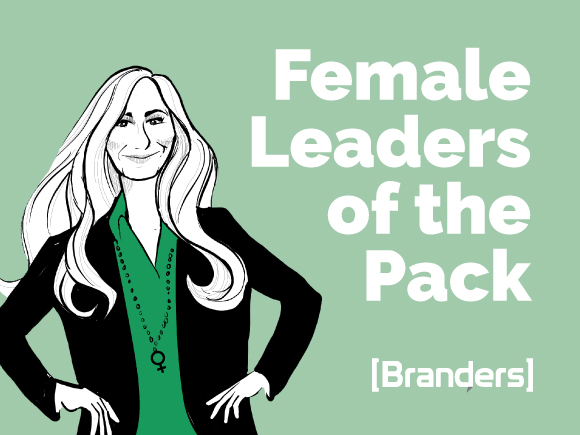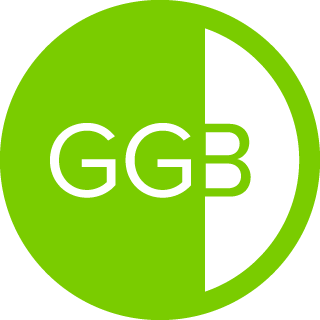What are the top characteristics of the best creative briefs and RFPs you have ever received?
The best creative briefs and RFPs have an element of visual expression attached so the brief may be sensed and not simply read. A picture is forever worth 1000 words.
This may involve the client’s gold standards both in and out of category, a visual representation of the competitive set and a robust understanding of the brand target and their rituals, habits, needs, wants and aspirations.
It is key to know the driver of a brand re-stage or new launch. This can often be a large “aha” for us! Removing as much subjectivity as possible is key to creating a visual, tangible medium for a brand, which we often refer to as a visual vocabulary that is seen, felt and understood in five seconds or less.
“It is key to know the driver of a brand re-stage or new launch. This can often be a large “aha” for us!”
How can good creative briefs and RFPs improve project results?
Unlike buying a car or hard goods, hiring the right firm goes beyond the obvious price and time comparisons. The true “it” factor is the chemistry and the communication that the client will have with their selected group. I believe this three-step process works best:
- NDA is signed and client sends out brief.
- Client schedules a call, which ensures RFP goals and objectives are clearly understood by all involved.
- Client and prospective agency meet to review proposal and prospective agency’s capabilities. This helps gauge the group dynamics: chemistry, fit and trust.
Is the creative brief an outdated model?
Not at all! It is an iterative, back-and-forth process that gets the conversation past words, so your selected design firm is empowered to bring your ideas into the visual realm. Thus developing a creative brief becomes vital to the success of the brand for many reasons. Particularly that all expectations are spelled out including:
- Terms and conditions are defined
- Timetable is established
- Appropriate signatures are assigned
- Brand history, competitive set, target consumer are delineated
- Overall brand goals are established upfront
With these five elements in place, all stakeholders can put their signatures on the creative brief to ensure consensus prior to the start of any design work, which serves to protect all agreements of time and cost allocations.

How can agencies ensure value for their clients but still protect their margins?
A proposal takes time and thought to prepare. If an agency doesn’t understand your needs, they have no way to intelligently respond to your request. If you don’t share your budget, the agency will still write you a proposal, but it becomes a guessing game: “Let me guess. Oh, that’s not what you wanted?” Now you’re frustrated and the agency is frustrated, which is no way to start a relationship! The more information you provide, the more accurate the estimate will be and the happier you will be. And ultimately all margins are established upfront and protected.
Be up front and be open when you’re looking for a new creative agency for a project and you can create a partnership that lasts a lifetime!
Originally published in Package Design Magazine, April 2016




